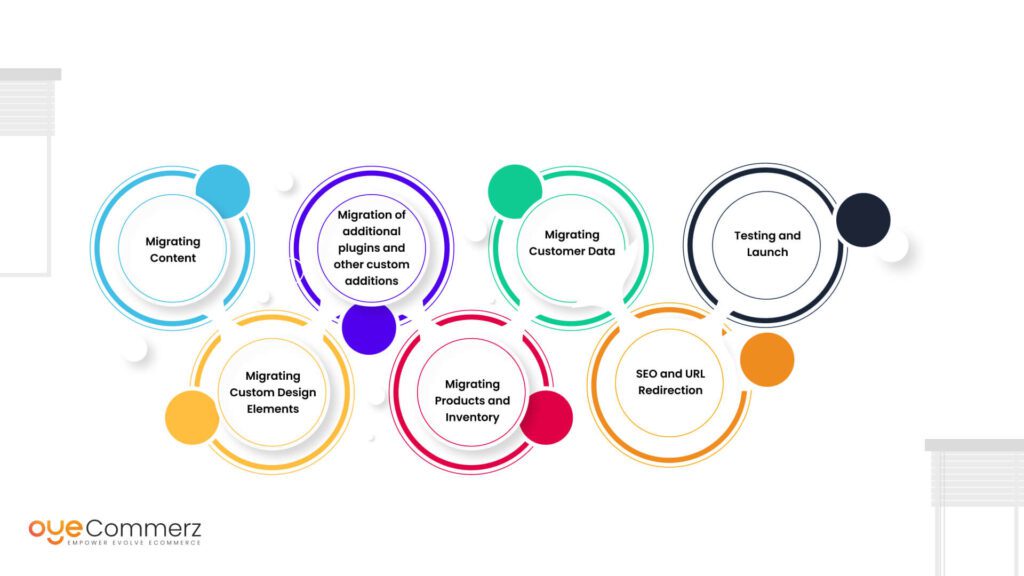In the constantly changing sphere of digital commerce, choosing the right solution is vital for your brand’s prosperity. If you’re at the moment using WP and planning a migration to an alternative, you’re not by yourself. Numerous businesses are making this transition to take advantage of Shopify’s robust tools, simplicity, and growth potential. This guide will take you through the steps of migrating from WordPress to Shopify seamlessly, guaranteeing that you achieve your online retail potential.
Why Transition from WP to this platform?
Prior to starting the migration journey, it’s important to understand why this transition can be helpful for your eCommerce business:
Accessible Tools: Shopify features an user-friendly interface that makes easier store handling, enabling for non-technical users.
Growth Potential: As your business develops, Shopify can handle increased traffic and transactions without affecting performance.
All-in-One Solutions: Shopify includes built-in tools for search engine optimization, analytics, payment processing, and additional functionalities, minimizing the requirement for numerous plugins.
Advanced Safeguards: With Shopify, you benefit from advanced security features that safeguard sensitive customer details.
Steps for a Seamless Migration
Migrating your online store from WP to Shopify involves several steps.
Here’s steps to achieve a smooth transition:
Prepare Your Migration Plan
Start by mapping out your migration strategy. Identify which aspects of your current site you wish to transfer, such as:
Inventory information
Client data
Purchase logs
Articles
Pick the Appropriate Migration Package
Considering your needs, opt for a migration package that fits your business. Migration experts provides multiple choices:
Basic Migration Package: Perfect for compact stores with minimal products.
Regular Option: Appropriate for medium-sized businesses with moderate needs.
Comprehensive Solution: Excellent for high-volume stores requiring custom customization.
Backup Your Content
Before beginning the migration, make sure that you have a comprehensive upgrade your eCommerce platform backup of your WP site. This step is critical in case anything goes awry during the move.
Retrieve Your Data from WP
Utilize plugins or custom scripts to transfer key data from your WP site:
Inventory
Clients
Orders
Articles
Import Data into Shopify
After you have your information exported, employ Shopify’s built-in features or specialized apps to upload your content into your updated store. Confirm that all data is properly organized and placed.
Adapt Your Shopify Store
After migrating content, adjust your Shopify store’s layout to reflect with your brand identity. Consider engaging a developer if you require complex customization.
Configure Checkout Systems and Delivery Settings
Configure transaction methods and logistics options in Shopify to ensure a smooth purchase experience for customers.
Adopt Search Engine Optimization Guidelines
To preserve your online visibility during the change:
Set up 301 link updates from existing URLs to updated ones.
Refresh descriptions.
Enhance visual content and content for SEO.
Evaluate Your Migrated Platform
Ahead of going live, completely review your migrated store. Look out for any broken links, transaction errors, or untransferred content.
Publish Your Platform
When everything is in ready, it’s time Shopify performance improvements to publish! Inform the change to your users and invite them to discover the new features of your Shopify store.
Post-Migration Assistance
Following releasing your new store, continued help is key. Explore partnering with professionals who can assist with:
Technical support
Customer engagement
Performance optimization
Conclusion
Migrating from WP to this platform can be a game-changing decision for your online retail. By following this guide and utilizing professional services like those offered by industry leaders, you can guarantee a seamless transition that improves your digital storefront. Embrace the change and realize the advantages of Shopify today!
